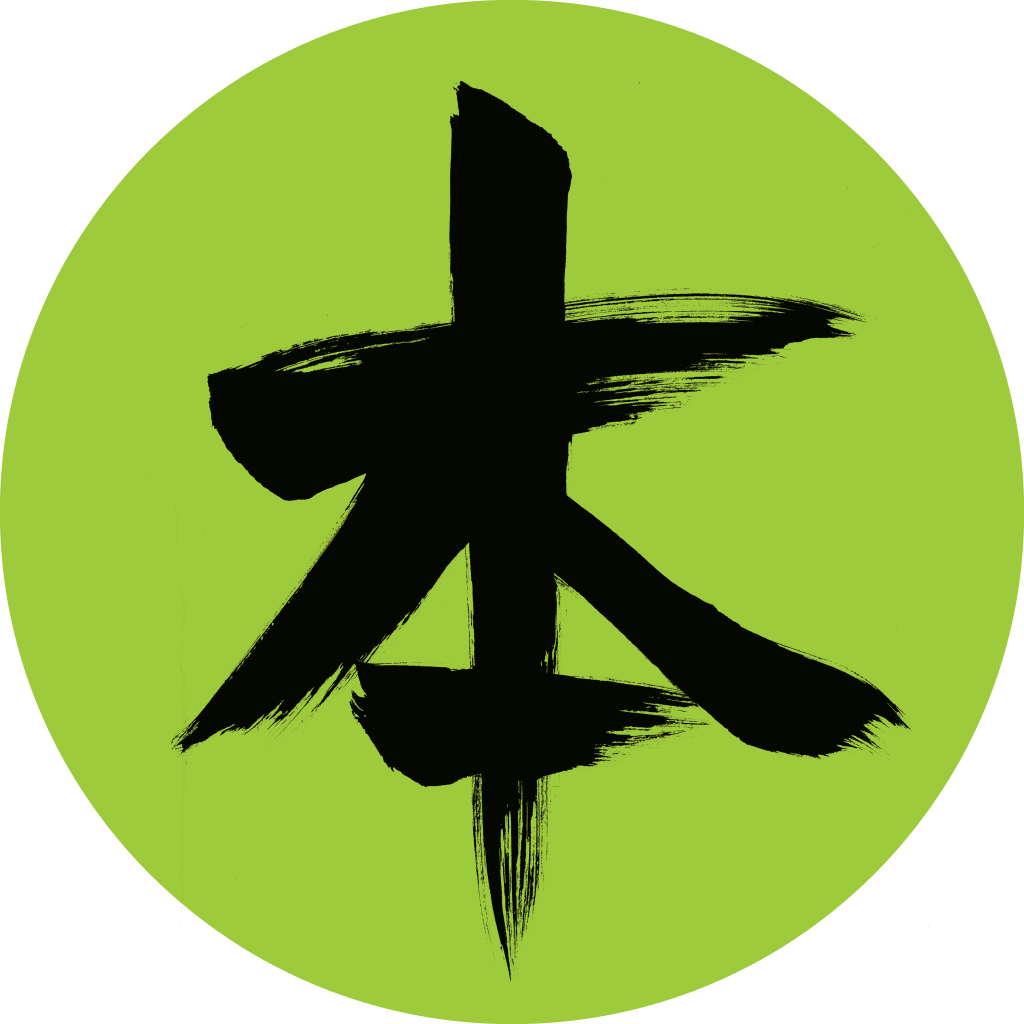In this episode of the Books on Asia Podcast, host Amy Chavez talks with the co-editors of Yamamba: In Search of the Japanese Mountain Witch, an anthology just released by Stone Bridge Press. Rebecca Copeland is a professor of Japanese literature, a writer of fiction (The Kimono Tattoo) and literary criticism, and a translator of Japanese literature (Grotesque, The Goddess Chronicle). Linda C. Ehrlich is an independent scholar and poet who has published on world cinema and traditional theater.
Books on Asia Podcast 14 Show Notes:
Amy asks Linda and Rebecca how they came to publish Yamamba: In Search of the Japanese Mountain Witch, and why, of all the yokai, they chose Japan’s mountain witch.
Rebecca starts off explaining that the Yamamba is often depicted as a wicked old woman who takes advantage of hapless travelers, but she is also described as a nurturing entity who helps the weaver at the loom and the farmer with the fields. She is complex, representing all the mysterious and unexplainable as played out on the noh stage, the setsuwa and folklore stories over the centuries. Rebecca is interested in modern, 20th century portrayal of the Yamamba image and how contemporary women writers have drawn on her subversive powers. This inspired both the co-editors to explore how art inspires and how it is diverse and dynamic, resulting in this anthology which includes poems, shorts stories, interviews, comprising an eclectic array of presentations of the Yamamba.
Amy asks about the image of the Yamamba as old crones living in the mountains, and Rebecca confirms this is so, adding that it is usually villagers who encounter the Yamamba on their way through the mountains.
Linda Ehrlich, who comes from a background of traditional theater from the University of Hawaii, explains more about the noh play that appears in the beginning of the anthology. She says that Ann Sherif translated the interview which was unique in that the two noh performers were women. In the play, she says, “Yamamba is mysterious but not as grotesque as she is portrayed as elsewhere. She is a force of nature but controlled by nature, so she is beyond all binaries. So we have different voices for the Yamamba, that work together.” Rebecca later conducts an interview with a performer who portrays a more current, updated version of the Yamamba reflecting the body, gender, and so on.
Rebecca discusses Ōba Minato’s “The Smile of the Mountain Witch” describing how she was one of these 20th century writers who reappropriated the Yamamba image, challenging the idea of the Yamamba as always old. Perhaps she could have been a young girl at times too? How did she become a Yamamba? The story charts how a young girl who can mind-read and who has a capacity for great joy, is taught to deny her talents in order to fit in. So to Rebecca this suggests all women have a Yamamba potential, for strength and reliance that we’ve been taught to deny ourselves. Oba uses an ancient legend to cmment on contemporary gender discrimination.
Amy mentions that Aoko Matsuda has, with her recent book Where the Wild Ladies Are, done something similar recasting and updating traditional Japanese folktales with strong contemporary female characters.
Amy asks Linda and Rebecca about how they put together the anthology. They relate there was lots of editing, discussion, compromising and refining and mention the uniqueness of the anthology’s hybrid approach containing both scholarly and creative writing, a result of reaching out to writers, scholars and visual artists. They talk about contributing articles themselves: Linda’s poem translated into Japanese and Rebecca’s short story. It took a year to collect the material for the manuscript and another year for editing.
Linda says that the book isn’t just for women, and that there is one male contributor. Linda points out that when the Noh actors portray the Yamamba, it hasn’t much to do with gender and more to do with performance of power and awesomeness.
Linda talks about the images in the book, combining some that were specific and some that were abstract to give a mix. Amy mentions that Jann Williams, who reviewed the book for Books on Asia, wrote that “readers are left to imagine the Yamamba in her various forms and the freedom to do so adds depth to the reading experience.”
Amy asks both Linda and Rebecca about projects they are currently working on. Amy mentions she saw Rebecca’s name as writing an introduction or forward for a new book by Liza Dalby. Rebecca confirms, saying Dalby has translated Setouchi Jakucho’s work called “Places,” a self-reflective study of the places that Jakucho has been and how these places have influenced the Buddhist nun, writer and activist. Rebecca also mentions she has just published her first novel, The Kimono Tattoo, a mystery set in Kyoto.
Linda has just finished audio commentary for the new DVD for Hirokazu Koreeda‘s film “Afterlife” that will appear with Criterion in August. She has a new poetry collection called “Citron” just released.
Lastly, Amy asks Rebecca and Linda about their favorite books on Japan:
Linda
The Pillow Book by Sei Shonagan
Essays in Idleness by Yoshida Kenko
“Take Kurabe” a short story by Higuchi Ichiyo (translated as either “Growing Up” or “Comparing Heights”)
In the Shade of Spring Leaves, about Higuchi Ichiyo.
Rebecca
Dangerous Women, Deadly Words, by Nina Cornyets
The Uses of Literature in Modern Japan, by Sari Kawana
Maiko Masquerade: Crafting Geisha Girlhood in Japan by Jan Bardsley
Read our review of Yamamba: In Search of the Japanese Mountain Witch
The Books on Asia Podcast is sponsored by Stone Bridge Press, publisher of fine books on Asia for over 30 years. Subscribe to the Books on Asia Podcast.
